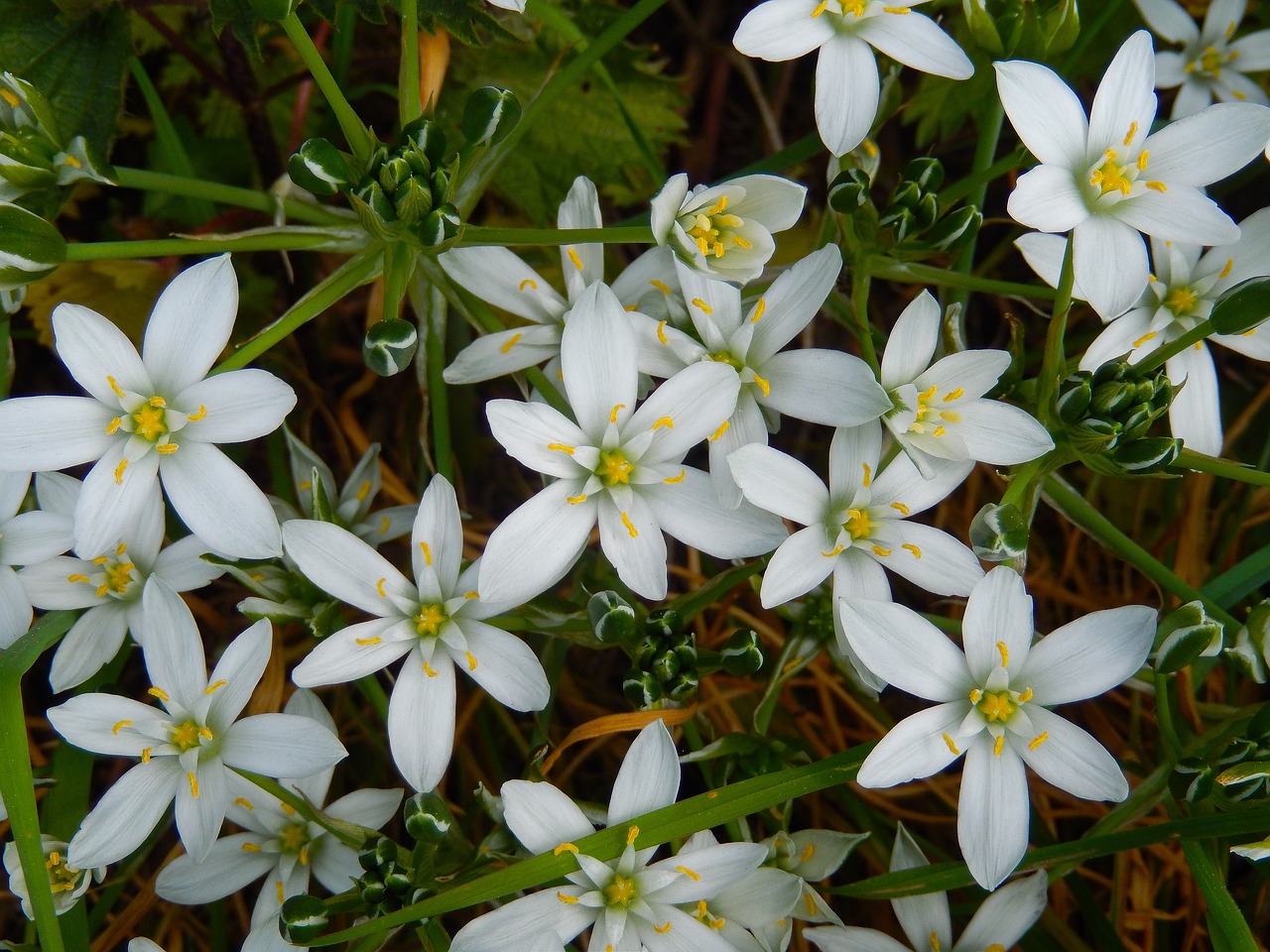
Ornithogalum and Planting
Ornithogalum, often referred to as “Star of Bethlehem,” is a beautiful flowering plant that can add charm to your garden or landscape. When it comes to planting Ornithogalum, it’s essential to follow the right steps to ensure its growth and blooming. This article will guide you through the process of planting Ornithogum successfully.
Understanding Ornithogalum
What is Ornithogalum?
Ornithogalum is a genus of flowering plants that belong to the family Asparagaceae. These plants are known for their star-shaped flowers, and they come in various species and varieties, each with its unique characteristics.
Varieties of Ornithogalum
There are numerous species of Ornithogalum, but some of the most common include the Ornithogalum umbellatum, also known as the common star-of-Bethlehem, and the Ornithogalum saundersiae, which features stunning white flowers.
Preparing for Planting
Choosing the Right Location
Before planting Ornithogalum, select an appropriate location. These plants thrive in well-draining soil and require a good amount of sunlight. Choose a spot in your garden or landscape where they can receive adequate light.
Soil Preparation
Ornithogalum prefers loose, well-drained soil. You can improve the soil quality by adding organic matter, such as compost or peat moss. This will ensure that the roots have enough room to grow and access the necessary nutrients.
Planting Time
The best time to plant Ornithogalum is in the fall or early spring. This allows the bulbs to establish themselves before the growing season.
Planting Techniques
Planting from Bulbs
Ornithogalum is typically planted from bulbs. When planting, ensure that the bulbs are buried at the right depth, usually about 3-4 inches deep. Space them apart to allow for proper growth.
Caring for Ornithogalum
To care for your Ornithogalum, ensure they receive adequate water during the growing season. You can also add a balanced fertilizer to promote healthy growth. Be mindful of common issues like pests and diseases and take appropriate measures if necessary.
Ornithogalum and Landscaping
Using Ornithogalum in Landscaping
Ornithogalum’s unique star-shaped flowers make them a great addition to your garden or landscape. They work well in borders, rock gardens, and mixed flower beds, adding a touch of elegance.
Complementary Plants
Consider planting Ornithogalum alongside other spring-blooming bulbs like tulips or daffodils to create a vibrant and diverse garden.
Ornithogalum Care
Watering and Fertilizing
Ornithogalum requires regular watering, especially during dry spells. Fertilize them with a balanced fertilizer during the growing season to encourage healthy growth and blooming.
Dealing with Common Issues
Keep an eye out for pests like aphids and diseases like fungal infections. Address these issues promptly to keep your Ornithogalum healthy.
Conclusion
Planting Ornithogalum can be a rewarding experience, adding a touch of beauty to your garden or landscape. By understanding the planting process, caring for these unique plants, and incorporating them into your landscaping, you can enjoy their star-like blooms.
FAQs
1. Can I grow Ornithogalum indoors?
Yes, you can grow Ornithogalum indoors in containers. Ensure they receive adequate light and follow the same planting and care guidelines.
2. When is the best time to divide Ornithogalum bulbs?
Divide the bulbs in the fall when they are dormant.
3. Do Ornithogalum plants attract pollinators?
Yes, Ornithogalum flowers are attractive to pollinators like bees and butterflies.
4. Can I plant Ornithogalum in a shaded area?
Ornithogalum prefers full sun but can tolerate light shade. However, they may not bloom as profusely in shade.
5. Are Ornithogalum plants deer-resistant?
Yes, Ornithogalum is considered deer-resistant, making them a good choice for gardens with deer problems.
Planting Ornithogalum can brighten up your outdoor space and provide you with beautiful star-shaped flowers. Follow these guidelines, and you’ll be on your way to a successful Ornithogalum garden.